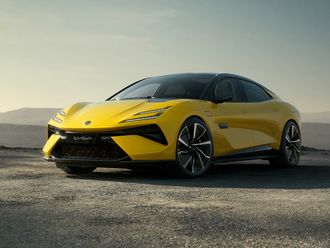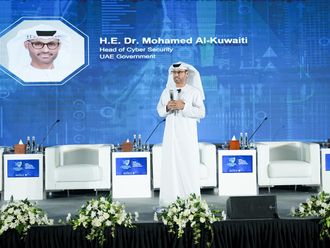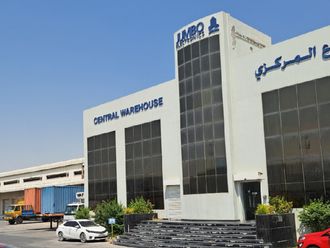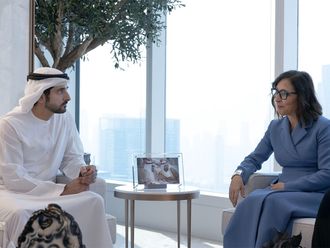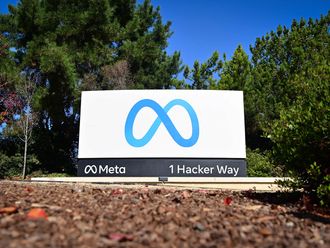Dubai: Taiwanese computer manufacturer Asus is creating a fusion between tablets and notebooks designed to take advantage of Windows 8’s new strengths.
After capturing a sizeable chunk of the notebook market, Asus has now set its sights on convertible notebooks which can be used as a laptop as well as a tablet.
Asus on Monday launched a slew of tablets, laptops and all-in-ones running on Microsoft’s new operating system.
“Tablets are cannibalising the notebook market across the world and for us it Is about innovation,” Leon Yu, regional director, Asus Middle East, told Gulf News.
“We are focusing on a thin and light message when bringing our products to the market without compromising quality.”
Gartner latest report said Asus’ shipments rose by 11.8 per cent in the third quarter, pushing its PC market share to 7.3 per cent compared to six per cent in third quarter of last year. Only Lenovo and Asus showed positive year-on-year growth in the third quarter.
He said that in the Middle East and Africa region, Asus has 10 per cent market share as of second quarter and hopes to grab around 15 per cent next year with the launch of new devices.
As of tablets, he said, “we are facing a supply crunch. Our headquarters is focusing on the US and Europe right now and next year this region will get much importance. We could only sell 500 Google Nexus 7 in the UAE.”
Among the launch, one product which turned the heads is Taichi which have back-to-back screens.
With the lid up it can used as a normal touch-screen laptop and when closed the outside screen can be used as a tablet.
Both the 13.3-inch screens can be used “independently or simultaneously and runs on Intel i7 processor with 4GB of RAM and 256 SSD.It is priced at Dh6,299 and will be available by end of the month,” Leon said.
When asked about the battery life that is powering two screens, he said the Taichi offers around five hours on single screen use and around three hours on dual screen use.
“We have sold around 2.3 million tablets in the third quarter globally and around 5,000 units in the region.


